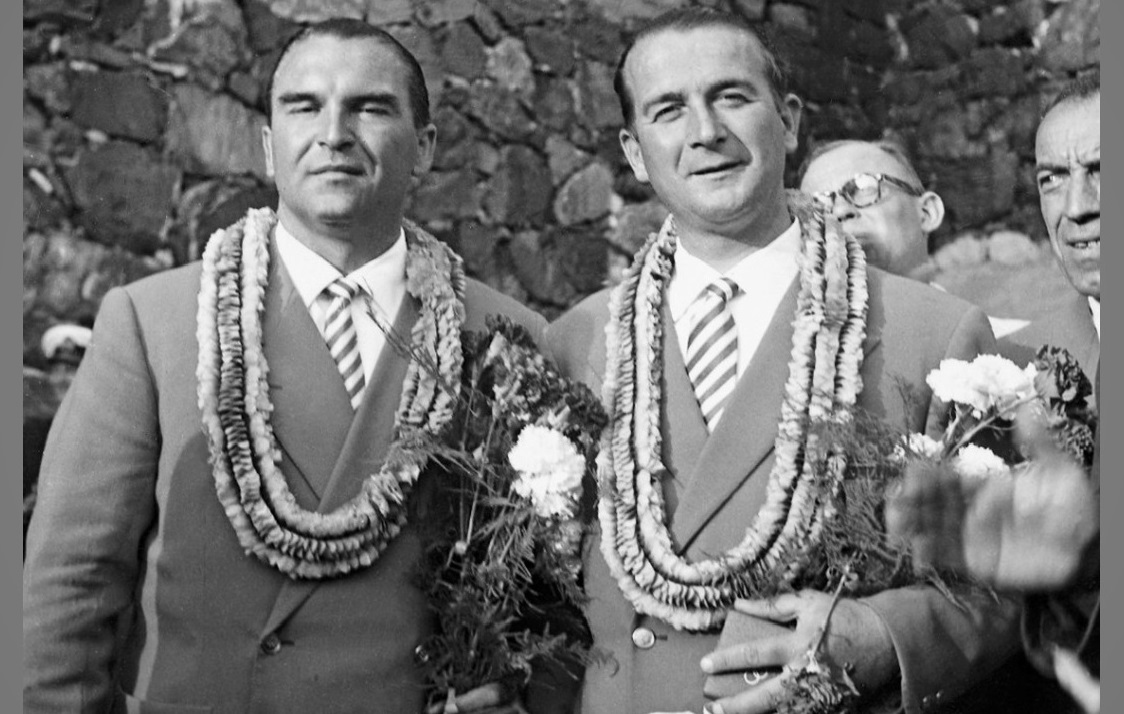At first, Gozzo and Pasara sailboats were used for regattas. These sailboats were built specifically for that purpose, and since there were seven shipyards on the island of Lošinj at the turn of the 20th century, it was a matter of honour and prestige whose Pasara would win the regatta.
Due to the characteristics of the Mali Lošinj bay, where thermal winds and mistral along with minimal waves prevail in summer, the Pasara boat was built differently on the island of Lošinj than in other parts of the Adriatic. It is wide at the main frame and has fairly large sails for its size as well as a deep keel along its entire length, especially at the stern, and a deep rudder. The so-called Marconi rigging was used because the long gaff running parallel to the mast was reminiscent of the telegraph antennas made by the Marconi Company at the time. Such a sail, similar to modern sails, was more advanced than the Latin sail and the lugsail; so the boats could sail more against the wind.
The L-5 class national sailboats, designed by Anton Martinolić from Lošinj, developed from these Pasara boats, while the Olympic Star class originated from the national sailboats. Agostino Straulino and Nicolo Rode became two-time Olympic champions (Helsinki, 1952 and Melbourne, 1956) and three-time world champions sailing in the Star class.

The island of Lošinj was the only place on the eastern Adriatic where sailboats were built specifically for regattas. They were used for excursions and fishing, and at traditional sailing regattas they represented their designers and displayed their sports performance. Two Pasara boats from the island of Lošinj were built according to the original drawings based on the old photos of the Pasara boat regattas in the port of Mali Lošinj.